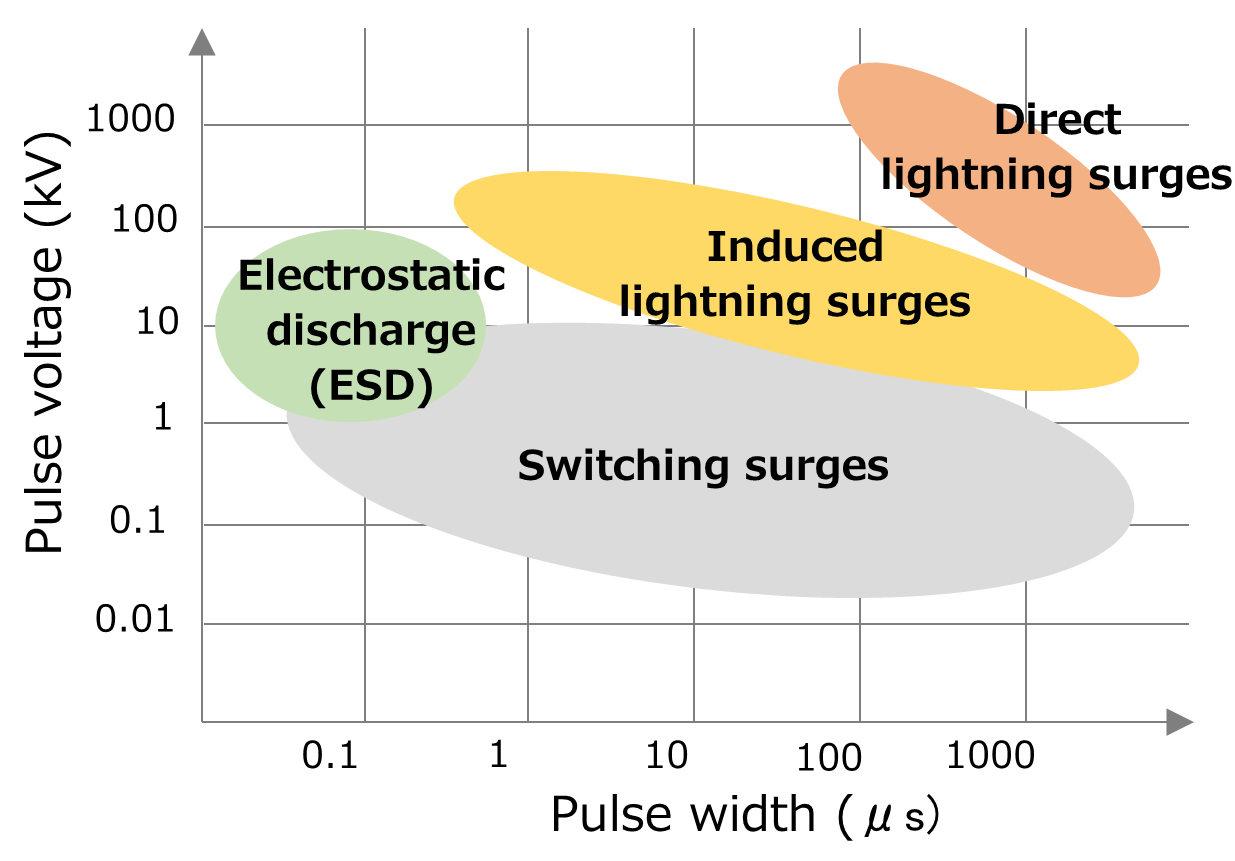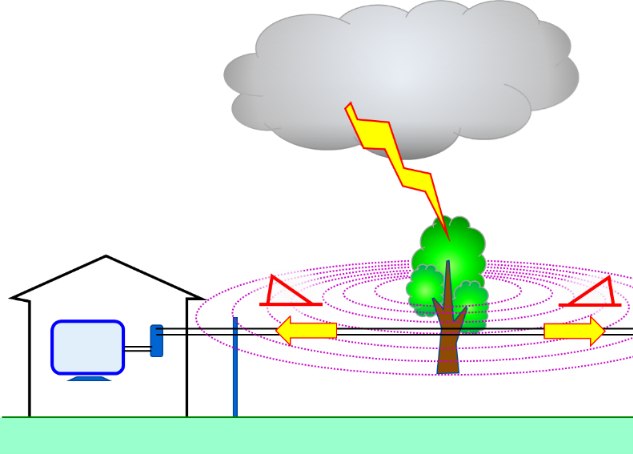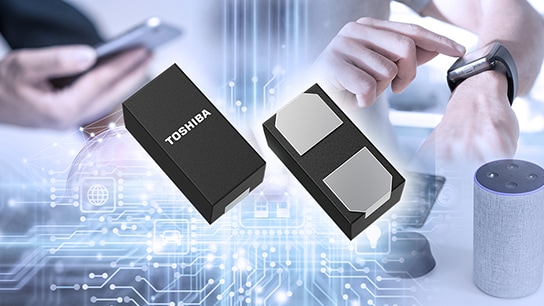- General Top
- SEMICONDUCTOR
- STORAGE
- COMPANY
-
My ToshibaSemicon
- Semiconductor Top
-
ApplicationsAutomotive
Body Electronics
xEV
In-Vehicle Infotainment
Advanced Driver-Assistance Systems (ADAS)
Chassis
IndustrialInfrastructure
BEMS/HEMS
Factory Automation
Commercial Equipment
Consumer/PersonalIoT Equipment
Healthcare
Wearable Device
Mobile
Computer Peripherals
-
ProductsAutomotive Devices
Discrete Semiconductor
Diodes
Transistors
Logic ICs
Analog Devices
Digital Devices
Wireless Devices
※
: Products list (parametric search)
Power Semiconductors※
: Products list (parametric search)
Isolators/Solid State RelaysPhotocouplers
Digital Isolators
Solid State Relays
Fiber Optic Transmitting Modules
※
: Products list (parametric search)
MOSFETsIGBTs/IEGTsBipolar Transistors※
: Products list (parametric search)
Diodes※
: Products list (parametric search)
MicrocontrollersMotor Driver ICsIntelligent Power ICs※
: Products list (parametric search)
Power Management ICsLinear ICs※
: Products list (parametric search)
General Purpose Logic ICsLinear Image SensorsOther Product ICsOther Product ICs
※
: Products list (parametric search)
-
Design & Development
-
Knowledge
- Where To Buy
- Part Number & Keyword Search
- Cross Reference Search
- Parametric Search
- Stock Check & Purchase
This webpage doesn't work with Internet Explorer. Please use the latest version of Google Chrome, Microsoft Edge, Mozilla Firefox or Safari.
require 3 characters or more. Search for multiple part numbers fromhere.
The information presented in this cross reference is based on TOSHIBA's selection criteria and should be treated as a suggestion only. Please carefully review the latest versions of all relevant information on the TOSHIBA products, including without limitation data sheets and validate all operating parameters of the TOSHIBA products to ensure that the suggested TOSHIBA products are truly compatible with your design and application.Please note that this cross reference is based on TOSHIBA's estimate of compatibility with other manufacturers' products, based on other manufacturers' published data, at the time the data was collected.TOSHIBA is not responsible for any incorrect or incomplete information. Information is subject to change at any time without notice.
require 3 characters or more.
What is a surge?
A surge is a sudden rise in voltage that might damage electronic equipment.

Generally, voltage surges are classified into electrostatic discharge (ESD) and non-ESD surges. Non-ESD surges are caused by lightning strikes, the on/off of a switch, and power interruptions. As shown in Fig. 1, they last longer than ESD (for a period of milliseconds) and induce large energy. Although the transient overvoltage on transmission lines is also a type of surge, it is not covered herein. Non-ESD surges include direct lightning surges, induced lightning surges, and switching surges. It is rare to receive a direct lightning surge, but compared to other surges, the energy is large, and it is difficult to avoid destruction even if countermeasures are taken with electronic devices.
Direct lightning surges
As the name implies, a direct lightning surge occurs when lightning strikes a building, and lightning currents flow to the ground via electronic devices. A direct lightning strike has a current of several tens to several hundreds of kiloamperes, which is high enough to destroy all electronic equipment along the path of the lightning current. To prevent the destruction of electronic equipment, it is important to install a lightning protection device on a building.
Induced lightning surges
Induced lightning surges are caused by electromagnetic induction and electrostatic induction.

- Induced lightning surges due to electromagnetic induction
In the event of a lightning strike, a tremendous amount of current flows between thunderclouds and the ground. When lightning strikes near a cable, this current generates large electromagnetic fields, causing a voltage surge to travel along the cable via electromagnetic induction. This is an induced lightning surge due to electromagnetic induction. (Fig. 2)

- Induced lightning surges due to electrostatic induction
A cable is charged to a polarity opposite to that of a charged thundercloud. The electric charge of the thundercloud decreases with lightning strikes and cloud-to-cloud discharge. As a result, the charge remaining on the cable is discharged through the cable, causing a surge. This is an induced lightning surge due to electrostatic induction. (Fig. 3)
In addition to these, when a lightning strike causes the ground potential to rise, surge current might flow through a cable connecting between nearby and remote equipment. In this way, it is also necessary to protect against lightning surges other than direct lightning surges.
Switching surges
A switching surge is a sudden rise in voltage that occurs when a power line is opened and closed. A voltage surge (opening surge) occurs when a power line is turned on whereas a current surge (closing surge) occurs when it is cut off. The following describes the phenomena that occur in electronic circuits. Phenomena concerning utility grids are omitted here.
- Opening surges:
When the current flowing through a power supply line is interrupted, it undergoes a sudden change. At this time, voltage equal to e = –L * di/dt appears because of the inductance of the power line. This surge voltage can be large enough to affect electronic devices when the power line is long or connected to an inductive load. - Closing surges:
At power-up, inrush current flows to charge the smoothing capacitors and circuit parasitic capacitances connected to a power line. This inrush current might cause a sag in supply voltage. To prevent the adverse effect of inrush current, it is necessary to limit the current or slow the rise speed in supply voltage during power-up. Some of Toshiba’s load switch ICs for power management provide an inrush current limiting function.
If no measures are taken, these
switching surges damage or degrade electronic equipment. These voltage and
current surges might be greater than the ESD voltage and current and therefore
can be a problem even for ESD-protected electronic equipment. Induced lightning
surges might occur when electronic equipment is connected to long wires such as
power lines and Ethernet cables. Switching surges might occur when electronic
equipment is connected to PLCs, long HVDC cables, or inductive loads such as
motors and relays.
Toshiba provides surge protection devices compliant with IEC 61000-4-5.
Related Links
For products, please refer to the following links.



